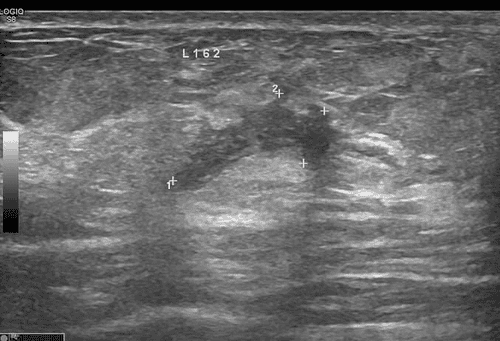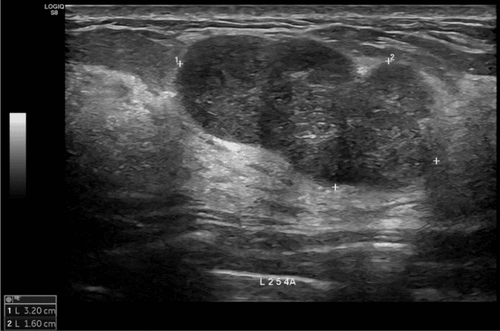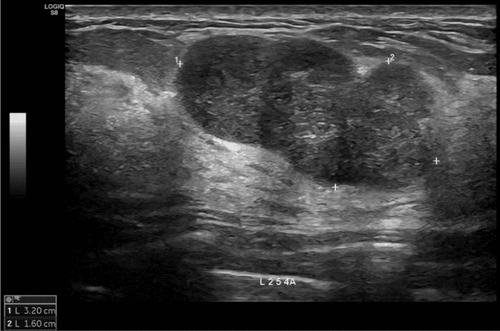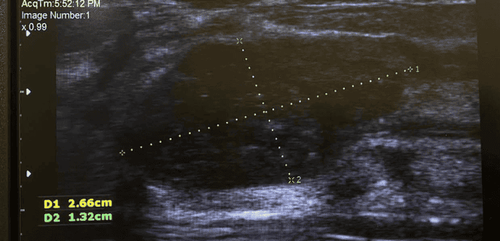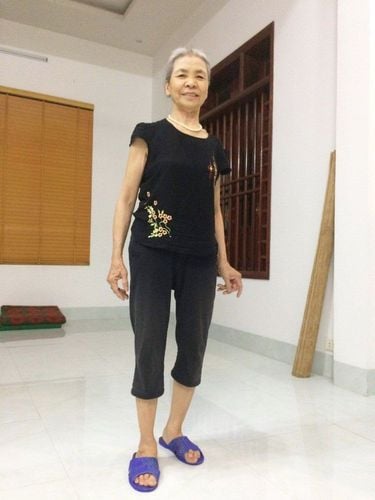
As a student doing internships, regularly playing soccer, and even drinking with friends until 4 a.m. the night before, Lê Ngọc Thái couldn’t believe he could suffer a stroke. This serves as evidence that the trend of younger stroke patients is no longer uncommon.
After a night of drinking with friends, at around 8 a.m., Lê Ngọc Thái suddenly experienced facial drooping and weakness on the left side of his body. However, he refused to go to the hospital despite encouragement from friends and family, believing he was just tired from drinking too much alcohol. It wasn’t until 1:30 p.m., when he became extremely fatigued, that he agreed to seek emergency care. Both his loved ones and Lê Ngọc Thái himself were shocked by the diagnosis: a severe stroke caused by a large artery blockage in the brain.
Everyone assumed that despite having a history of mild mitral valve regurgitation, Lê Ngọc Thái, being a young student who regularly played soccer and drank alcohol, could not possibly suffer a stroke.
Because of this, even though the stroke emergency protocol was immediately activated, the stroke team at Vinmec Da Nang International Hospital faced a challenging and emotional afternoon managing the case.
When the patient arrived at the hospital, his heart rate suddenly dropped to just 34 beats per minute (normal heart rate is 60–100 beats per minute). The doctors promptly administered vasopressor medications to stabilize his heart rate and quickly began emergency stroke treatment. However, during the thrombectomy procedure to remove the clot blocking a large cerebral artery, the patient’s heart rate plummeted again to as low as 30 beats per minute. The doctors swiftly collaborated with interventional cardiologists to place a temporary pacemaker while continuing with the thrombectomy. With the doctors' dedicated efforts, the clot was successfully removed, and the cerebral artery was fully recanalized within just 58 minutes after the patient’s arrival at the hospital. The team then performed a coronary angiogram to determine the cause of the arrhythmia.
After the intervention, the patient regained consciousness, and symptoms such as facial drooping and hemiplegia began to improve rapidly due to the complete recanalization of the blocked artery.
So, what caused Lê Ngọc Thái to suffer a stroke at such a young age? According to Dr. Ton That Tri Dung, Director of the Stroke Center and the physician who directly performed the intervention, he stated:"The patient's coronary arteries showed no abnormalities. The doctors proceeded to perform an echocardiogram right on the procedure table, and the results revealed that Lê Ngọc Thái had severe dilated cardiomyopathy. This dilated cardiomyopathy, along with bradyarrhythmia, led to the formation of a thrombus. The thrombus traveled to the brain, causing the arterial blockage. Additionally, excessive alcohol consumption may have contributed to the risk of stroke in this case."
At Vinmec Da Nang, many stroke cases involving patients under the age of 40, and even under 30, have been successfully treated. However, a stroke case at the age of 20, with numerous risk factors, serves as clear evidence that strokes are becoming increasingly common in younger populations—a significant issue in daily stroke emergency care today. What’s worth noting is that most young stroke patients are admitted late because their families rarely suspect stroke. This delay increases the risk of death and leaves patients facing severe complications such as paralysis, muscle weakness, speech difficulties, vision impairment, and emotional disturbances.
In Vietnam, the rate of stroke among young people is increasing by an average of 2% per year, with men being four times more affected than women. A report published in the Journal of Stroke indicates that 10-15% of stroke patients are between the ages of 18 and 50.
In response to the growing incidence of strokes in younger populations, Vinmec Da Nang International General Hospital has developed an advanced and optimized stroke emergency protocol that meets European standards for acute stroke care (ANGLES). Notably, the hospital boasts a professional team of neurovascular intervention specialists, ensuring efficient management of brain reperfusion for stroke patients. This allows the team to quickly perform interventions with the most appropriate methods, in many cases within just a few minutes of the patient’s arrival at the hospital.
Equipped with advanced technology such as the 640-slice CT scanner and the high-resolution 3.0 Tesla MRI machine, along with expertise of numerous new techniques, doctors can always select the most optimal method for each case. As a comprehensive Stroke Center aiming to lead in technical expertise and quality in the Central and Central Highlands regions, Vinmec Da Nang’s doctors have saved lives and minimized fatalities, leaving many patients without complications, even having poor prognosis like that of Lê Ngọc Thái.
A global study of 2,000 stroke cases among individuals aged 18 to 55 revealed the following causes: physical inactivity accounted for 59%, hypertension for 27%, alcohol abuse for 17.5%, and smoking for 13%. Notably, insomnia increases the risk of stroke by over 50%, and for those aged 18 to 34, the risk is eight times higher.
As such, Dr. Dung advises that if symptoms such as sudden headache, vomiting, speech disturbances, limb weakness, or facial drooping occur, stroke should be suspected, and the individual should seek hospital care as soon as possible. Particularly, individuals at high risk—such as those with hypertension, diabetes, dyslipidemia, or arrhythmia—should proactively screen for stroke risk early to prevent it.
To arrange an appointment, please call … or make your reservation directly HERE. You may also download the MyVinmec app to schedule appointments faster and manage your reservations more conveniently.
